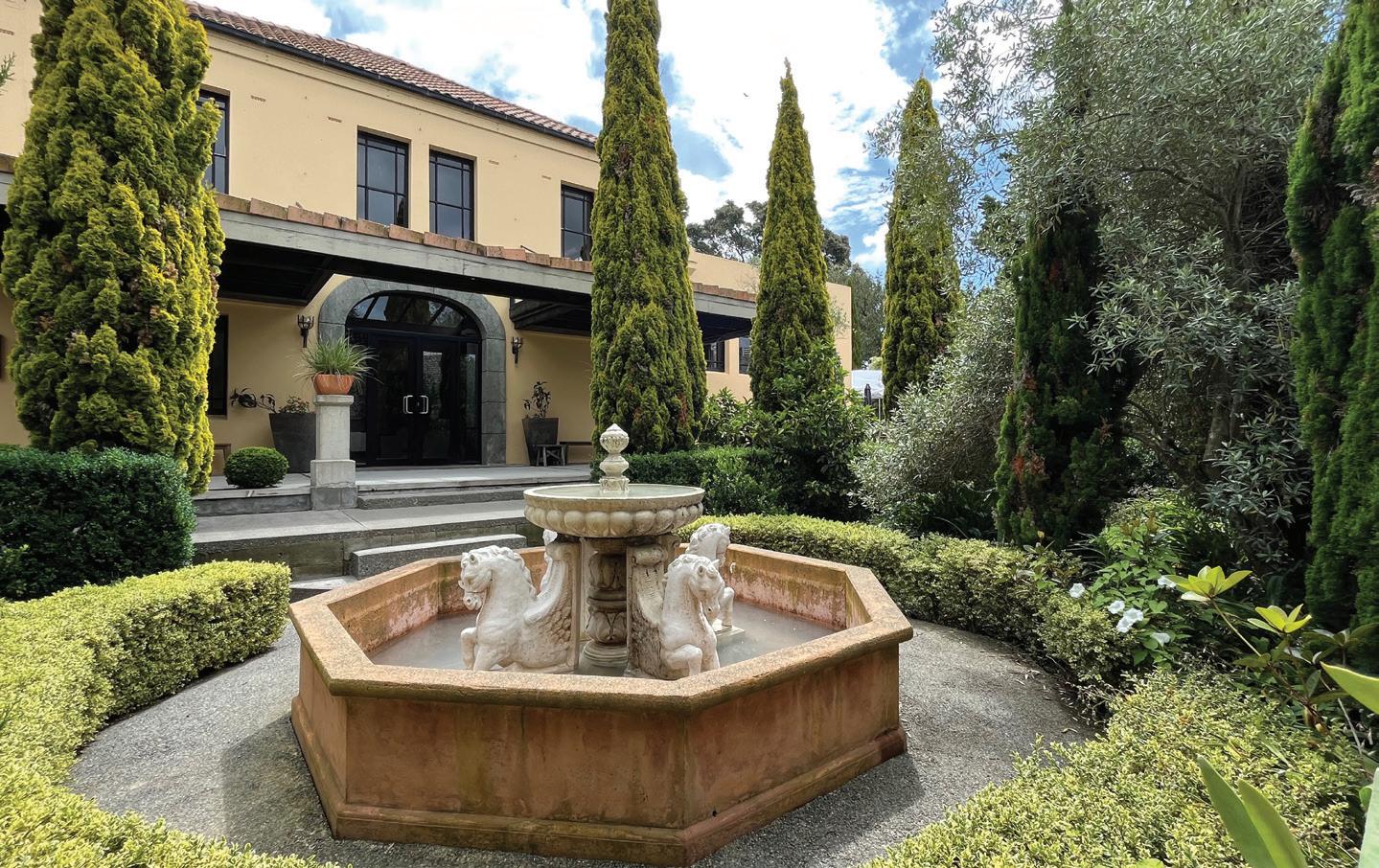
2 minute read
New futures through restoration and adaptive re-use
WORDS: Andrew Coleman IMAGES: Norbert Koptisch
It is a pleasing day when we read about a heritage property that is lifted from a doomed recent past and elevated into a positive future.
Develop a concept – this is the sum of early thinking and planning. What would it take to restore, conserve and protect a heritage property? Seeking advice from experts is something that we would encourage early. Our own in-house specialists have significant experience and welcome discussions, especially in the initial concept and planning phases. Plan, plan and plan some more – create a strong position by engaging contractors early and establishing your finances and contingencies. Consider associated legal and planning requirements, including archaeology. You will see in this Heritage Quarterly edition the wealth of knowledge archaeology can reveal.
Recently there was a published article on the 12 years of work that Lyndia Wood had undertaken transforming the derelict Category 2 heritage listed Rahui Milk Treatment Station into a grand and versatile function centre, one that now has a very viable future.
Lyndia was inspired by a vision of the Paris Railway Station and her love of Italianate style design and architecture. Through her courage, dedication and commitment she turned heritage into a modern business, and she was warmly congratulated by us for her efforts.
There are many other inspiring heritage conservation and adaptive re-use examples, with the award-winning Hastings Municipal Building, Invercargill Central Business District, Auckland’s Britomart and our own Melanesian Mission recent standouts.
With our current work on the Hokitika Government Building, Turnbull House and Antrim House, we at Heritage New
Zealand Pouhere Taonga have three very large strengthening, restoration and adaptive re-use projects underway. While each project is unique, together they are inspired and informed by the following things that other heritage projects have taught us.
See past the dereliction – if repairs and maintenance have waned then all properties, not just heritage properties, will look deteriorated, and it’s important to see past this to the potential underneath. Regular upkeep, planned maintenance and condition reports are something that we undertake regularly on the places we care for. It takes inspiration and commitment to see a future and to develop a vision.
See a future use – it is not common to have a heritage building simply repaired and strengthened. Most are adapted for a complete change in use and identifying this is a great motivator. All the examples referenced in this editorial have had a future vision and practical end-purpose as a critical part of their project.
Stay the path – dilemmas and unknowns are almost certain in heritage restoration but keeping your focus on the end prize will help. We have found that having a single certainty, such as the future use, assists thinking on options as we work through unexpected matters. Remember – good things take time, so ensure your plans reflect this.
If you, like us, are taking on a heritage restoration project (or three!), allow yourself to feel a sense of pride that you are continuing and contributing to the story of Aotearoa New Zealand. n
Andrew Coleman Chief Executive









